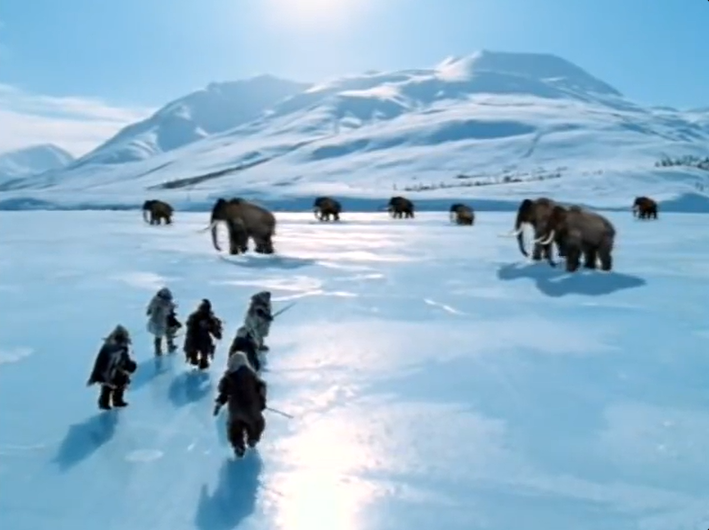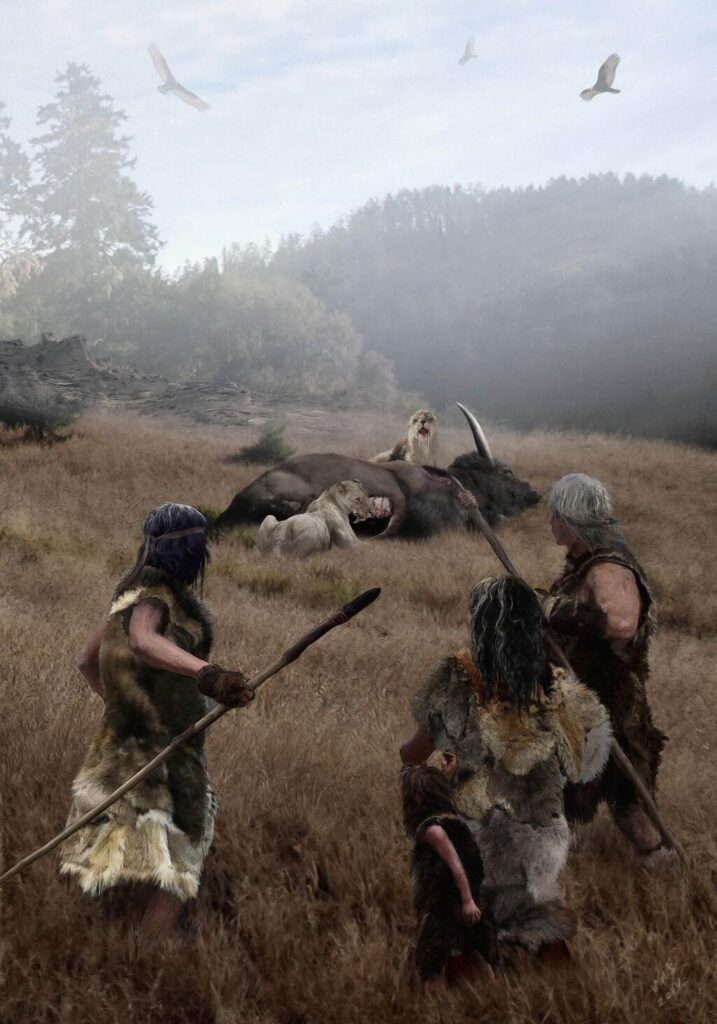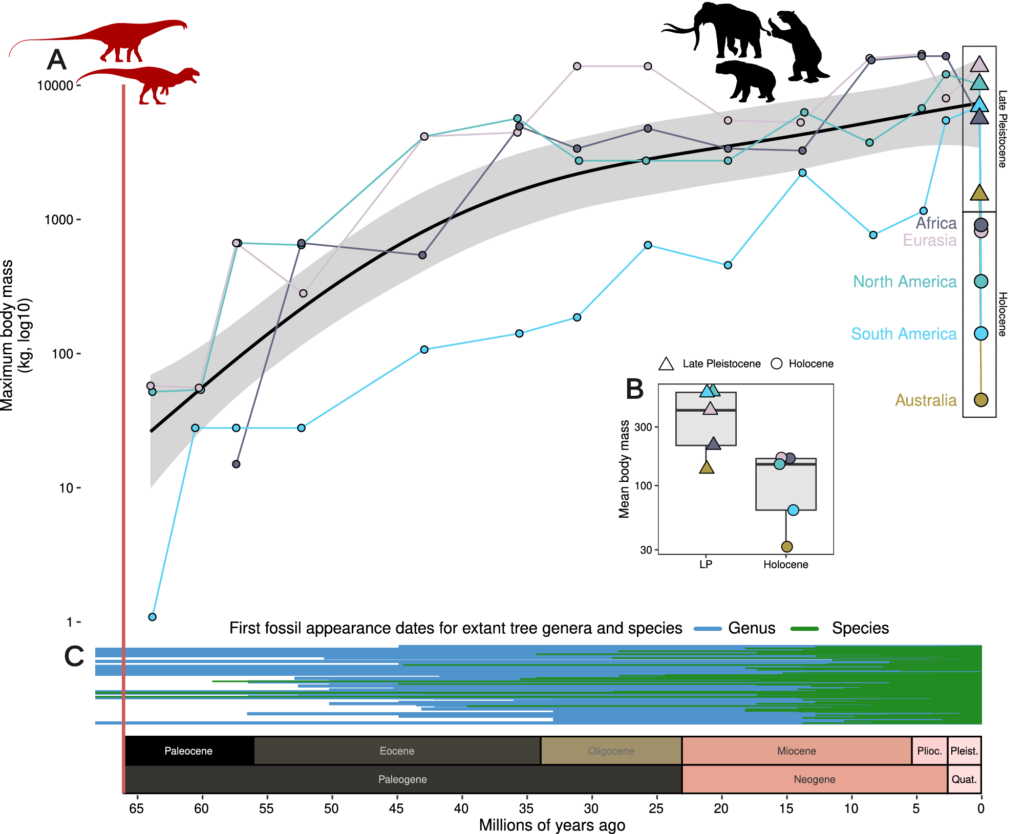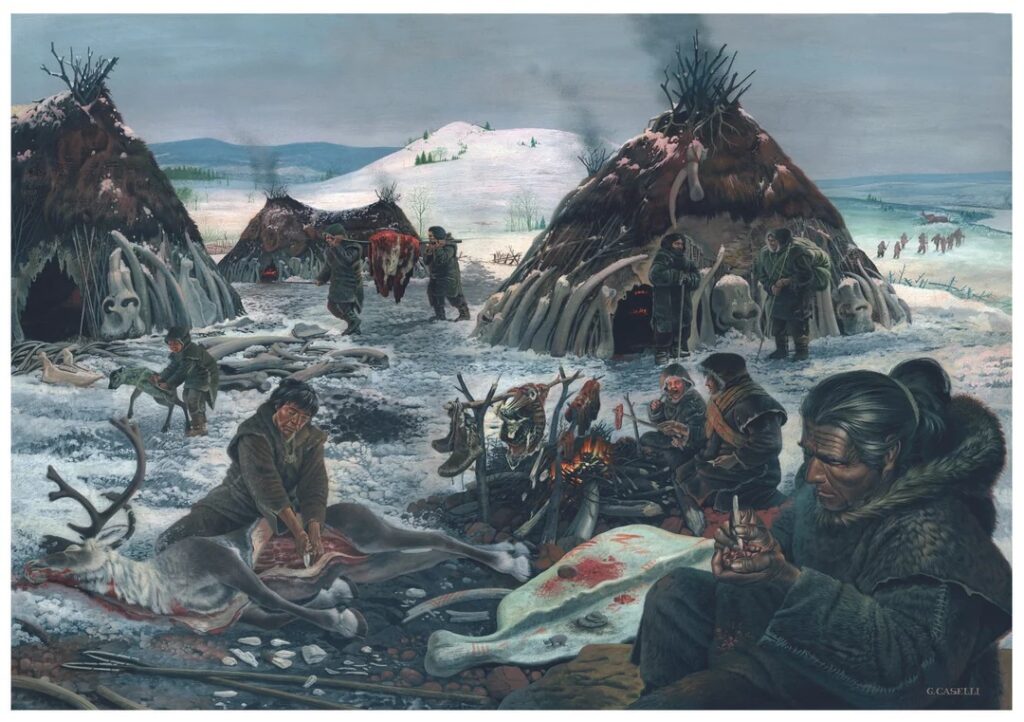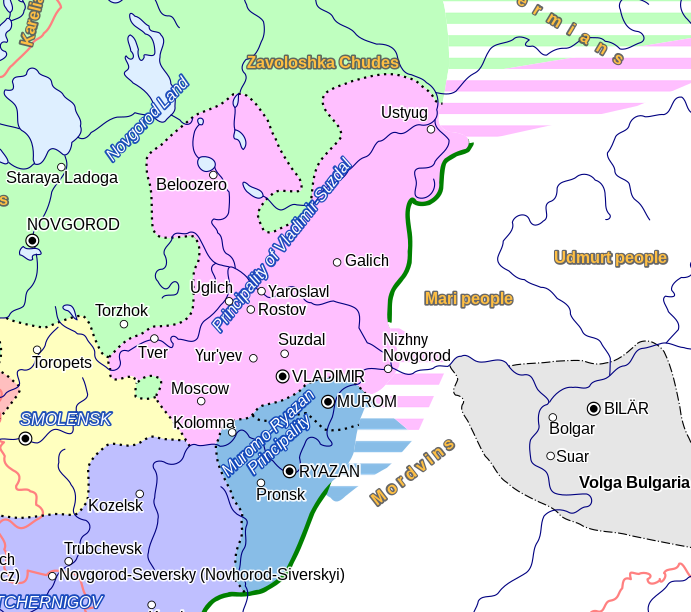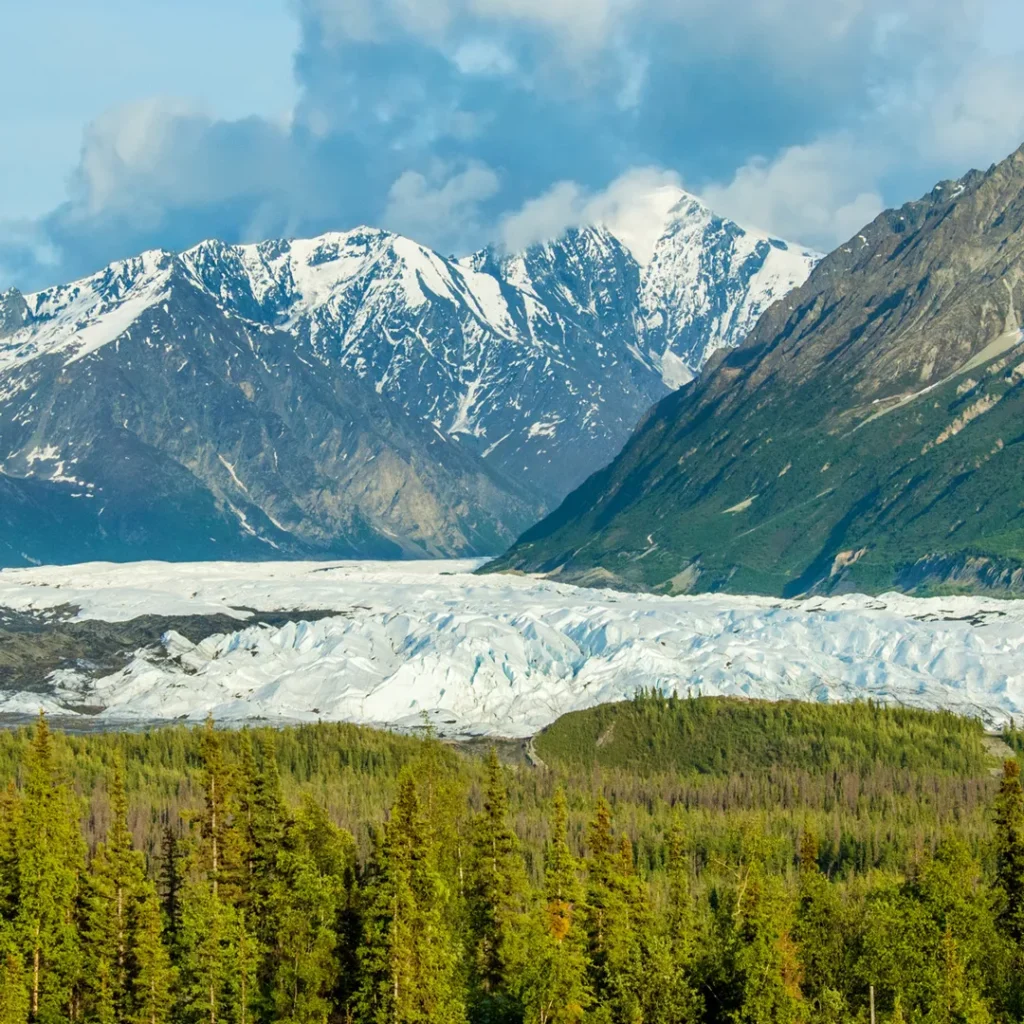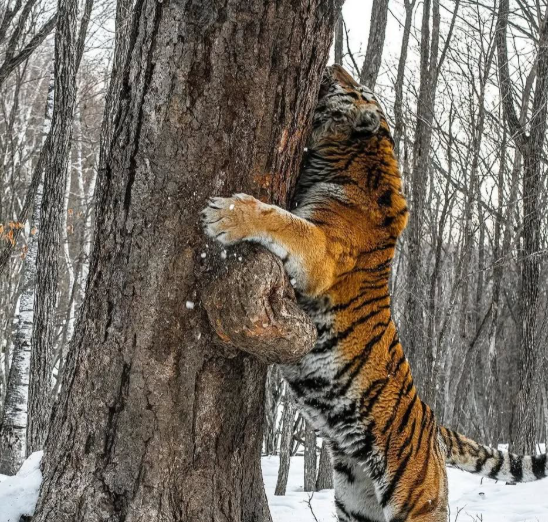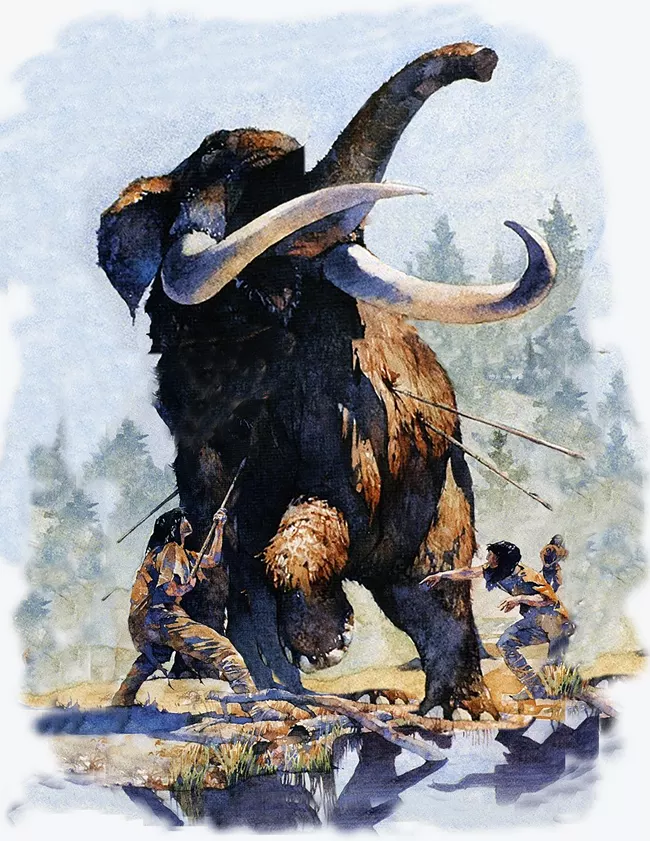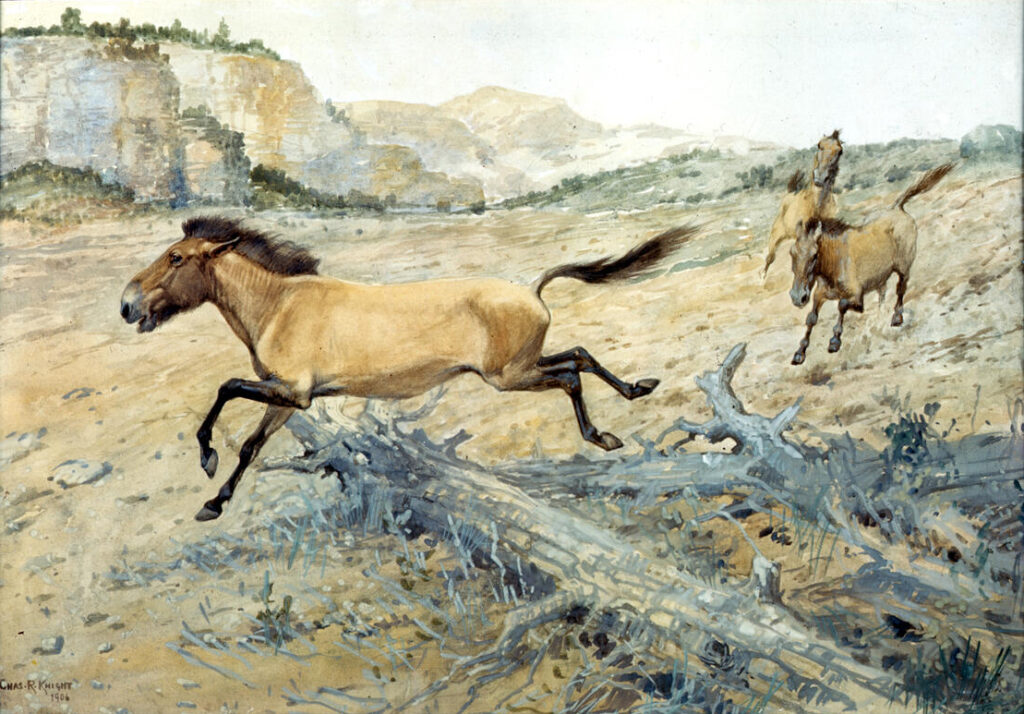Settling the Extinction Debate Part 3: Bad Science and Facing Reality
In the previous sections of this three-part series, we explored why humans, not climate, played the much larger part in the extinction of Late Quaternary megafauna. However, this rather obvious reality has been obscured by a swathe of scientific papers with questionable conclusions. In this final piece of my series, I will aim to foster […]
